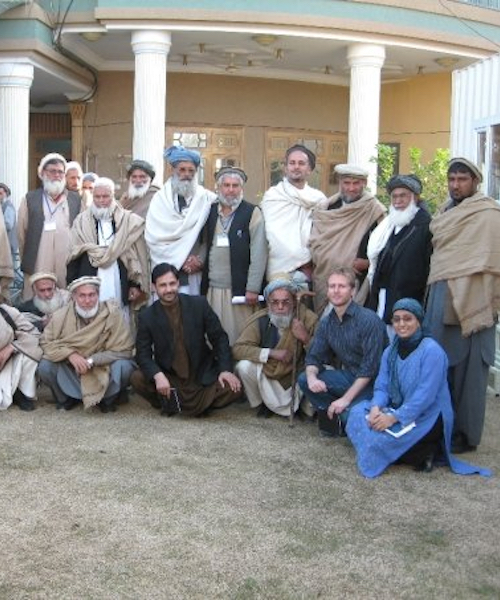Twenty years after a U.S.-led intervention, the Taliban are once again in control of Afghanistan. In a change in tone from two decades ago, Taliban leaders have said that the new government will be “inclusive” yet within the framework of their particular interpretation of sharia. In the first demonstration of their current approach, Taliban leaders pledged general amnesty for civil servants of the previous Afghan government, headed by Ashraf Ghani, and indicated that women will be part of the government structure. Many remain skeptical of the Taliban, however, especially with reports of violence against Hazaras, an ethnic minority that is largely Shia, and restrictions on access to education for women and girls. The precise role of political Islam in Afghanistan remains unclear, raising a number of questions about how the Taliban will conduct both domestic and foreign policy going forward.
As the new Afghan government takes shape, international attention is focused on the ways in which the Taliban will approach women, as well as human rights more broadly. Some Afghan women fear that the Taliban will return to its pre-2001 policies, which included forbidding girls from accessing education and women from working, along with other restrictions on travel outside the home. Recent reporting on women in rural Afghanistan, however, highlights mixed reactions to both the Taliban and the U.S. withdrawal due to the violent legacy of the war, a conflict framed by the United States, at least in part, to “save” Afghan women. The future of religious minorities in Afghanistan—home to Shia, Sikh, and Hindu minorities—is also in question. While the Taliban have pledged to ensure the rights of women and minorities “within the bounds of Islamic law,” it is unclear what exactly this will mean, especially since sharia can be interpreted in a myriad of ways.
This week the Berkley Forum asks: How and where might Islam fit into the future of Afghan governance, especially in comparison to the Taliban of the 1990s? What lessons from the broader history of political Islam might provide a path toward peace in Afghanistan? How might the return of the Taliban impact the balance of religious and political power in the region, especially as the new government approaches neighboring states and other Muslim-majority countries? What might the activity of other religiously inspired groups in Afghanistan, such as the Islamic State – Khorasan Province, mean for the role of Islam in the political legitimation of the Taliban? Are there any prospects for diplomatic engagement with Afghanistan by Western actors, especially given the violent legacy of the War on Terror? How might different interpretations of sharia offer hope for the future of women’s rights and religious pluralism in Afghanistan?







